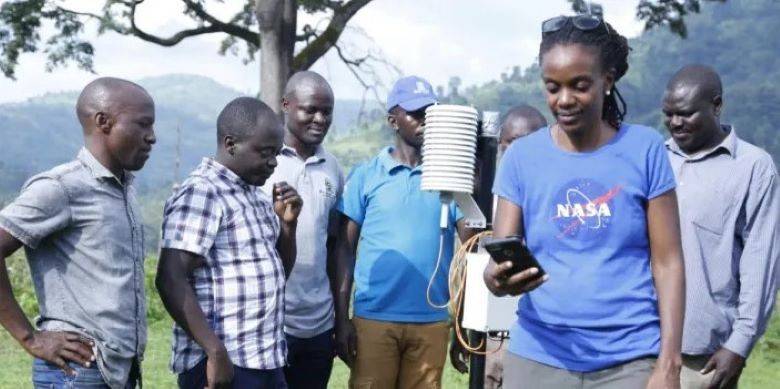
The programme is carried out in collaboration with local partners, policymakers, and researchers in order to produce tools that are best suited to local farmers and boost agricultural production.
Helmets Labeling Crops, a ground data gathering operation underway in Kenya, Mali, Rwanda, Tanzania, and Uganda, is one of NASA Harvest's projects. It involves photographing fields with cameras mounted on motorcycle helmets or automobiles.
The ground data is then analyzed in order to appropriately measure food insecurity and climate change. A similar NASA Harvest project called Street2Sat converts these photographs into massive collections of georeferenced labels with location and crop type information.
This data is used to train algorithms to recognize specific crops such as maize or sugarcane, analyze photographs to forecast which crops are represented, and then turn that data into crop type maps and other tools for individual farmers or national crop monitoring projects.
More investment is needed to ensure partners across Africa can leverage earth observation, ground data, and artificial intelligence to improve food security, according to Catherine Nakalembe, Assistant Professor at the University of Maryland, and despite growing interest in satellite imagery as a tool for addressing food security, there isn't enough donor funding to ensure regions like East and Southern Africa can benefit.
The NASA Harvest project is a food security and agriculture project that monitors crops from space and combines satellite pictures and data from the ground to help farmers and officials on the continent make better decisions.
















